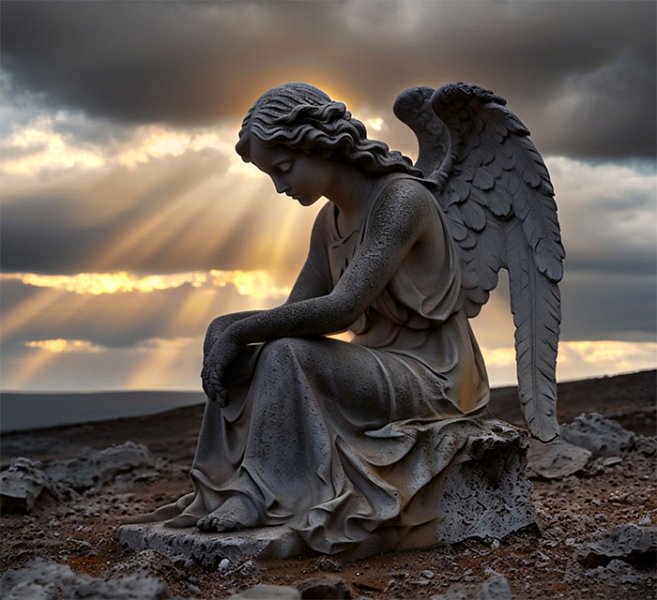You drank the Cool Aid. There is nothing wrong with the bass from my Altec’s. There is no audible advantage to lower impedance speakers (quite the opposite).
The only issue with high-sens vintage speakers was their size, and that fault was probably not an issue until manufacturers started claiming it was. Manufacturers made smaller speaker arrays to meet the created need. The smaller speakers created a problem however, they were inefficient and needed much more power to push as much air.
Every three db loss in sensitivity requires twice the power to get the same volume. If your new smaller speakers have 88 db sens (won’t go into ohms yet) and the speakers they replace 104db (my Altec’s compression drivers), the power of the amplification must be doubled five times. So if I was listening to my Altec’s with a 7 watt class A 300B SET amplifier then to drive the new speakers to the same volume I will need an amplifier with an output of 225 watts.
Power with valves is expensive, transistor (semiconductor) amplification is much cheaper (albeit less real-sounding). But then there is the impedance issue. Many of the new speakers drop in impedance at different frequencies, some down to two ohms (or less, remember Apogee). Although the best speakers for SET’s have a fairly flat impedance curve, valves can handle impedance changes in those that don’t without too much trouble.
Semiconductors can’t. Each halving of the speakers’ impedance causes the transistor amplifier to double its power output. The speaker impedance drops from 8 ohms to 4 ohms and the 225 watt transistor amplifier suddenly throws out 450 watts. Dropping to 2 ohms, 900 watts! That is why so many transistor amps blew up. Manufacturers designed more rugged high power amplifiers to meet the need, but even Krells blew from time to time (Apogee).
The point Tao made (and I fully support) is that many of us have returned to triodes and horns after a lifetime of upgrades through the changes in audio that occurred since the 50’s, including low sensitity speakers and megawatt transistor amps, digitally synthesised music, etc. etc. We are well aware that playing records on an old Gerrard 301 through SETs and vintage horns is not without issues , it is just that we prefer the sound from such over what else has come. You can argue your points on why you don’t agree (yet), but it makes no sense to those of us who have bought into and experienced it all and in the end decided which we prefer (regardless of the “shortcomings”).








